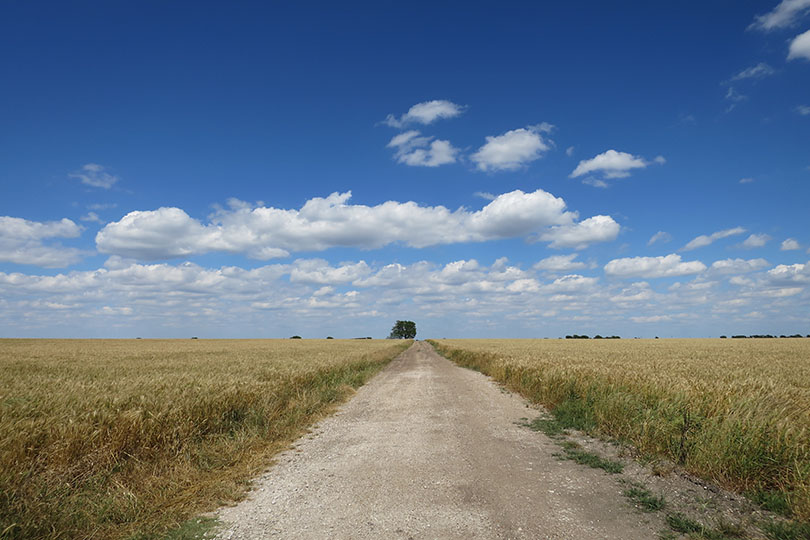A new report from Texas Land Trends shows privately-owned, rural working lands in Texas are increasingly threatened by development and land fragmentation driven by rapid population growth.
Data from the Texas Landowner Changes and Trends report help describe the state’s growing population and its impact on rural lands, according to Dr. Roel Lopez, director of the Natural Resources Institute, part of the Texas A&M University System.
The report includes changes in landowner age, intergenerational land transfer, operator gender, landowner residency and more from 1997 to 2012.
Lopez told AgriLife Today the state’s dramatic loss and fragmentation of privately-owned farms, ranches and forests, known as working lands, affects the state’s rural economies and can have a serious impact on natural resources and food security.
He noted benefits derived from Texas’ working lands, such as clean air and water, natural habitat, a functioning ecosystem and recreational opportunities, are affected by a shrinking open-space landmass.
“Understanding the state’s changing population and land management needs can help toward making important planning and development decisions, as well as in determining those policies that will affect these working lands and natural resources for generations to come,” Lopez said.
According to demographic projections, the state’s population will likely double by 2050. Lopez said most of the population growth will be in the central, southern and eastern part of Texas.
“This will put serious stress on our working lands and natural resources,” Lopez said.
From 1997 to 2012, the average age of the rural landowner has increased from 56 to 60.
“In 2012, the average of women landowner/operators was 63,” Lopez said. “And while men still constituted 85 percent of operators in 2012, the number of women since 1997 has been steadily increasing.”
During that time period, the number of absentee landowners remained consistent. But the number of new resident landowners—those who own and reside on the land—increased by about 40,000 during the same period.
“Land transfers from one generation to the next, rising land values and expanding urban centers have all contributed to an overall increase in the number of operators, especially the number of new operators near urban centers,” Lopez said.
Other data from the report show, as of 2012, there were 65,547 Texas operators who had less than 10 years of experience in their current operation, and about 42 percent of all rural landowners depend on their operation as their primary occupation.
The top three reasons identified for owning land were family recreation, hunting and wildlife enjoyment.
Lopez said the data in this report is critical and provides public and private decision-makers with information needed to plan for the conservation of Texas farms, ranches and forests.
Lopez shares more on the report with the Texas Farm Bureau Radio Network.


While there may be no way to stop this trend of land fragmentation, keeping agriculture properties intact is a worthy objective. I am currently working with a landowner on listing a 550+ acre tract & home near the convergence of Coryell, Bosque, Hamilton & McLennan counties. I hope someone is able to keep it all together – or at least just separate off the house.